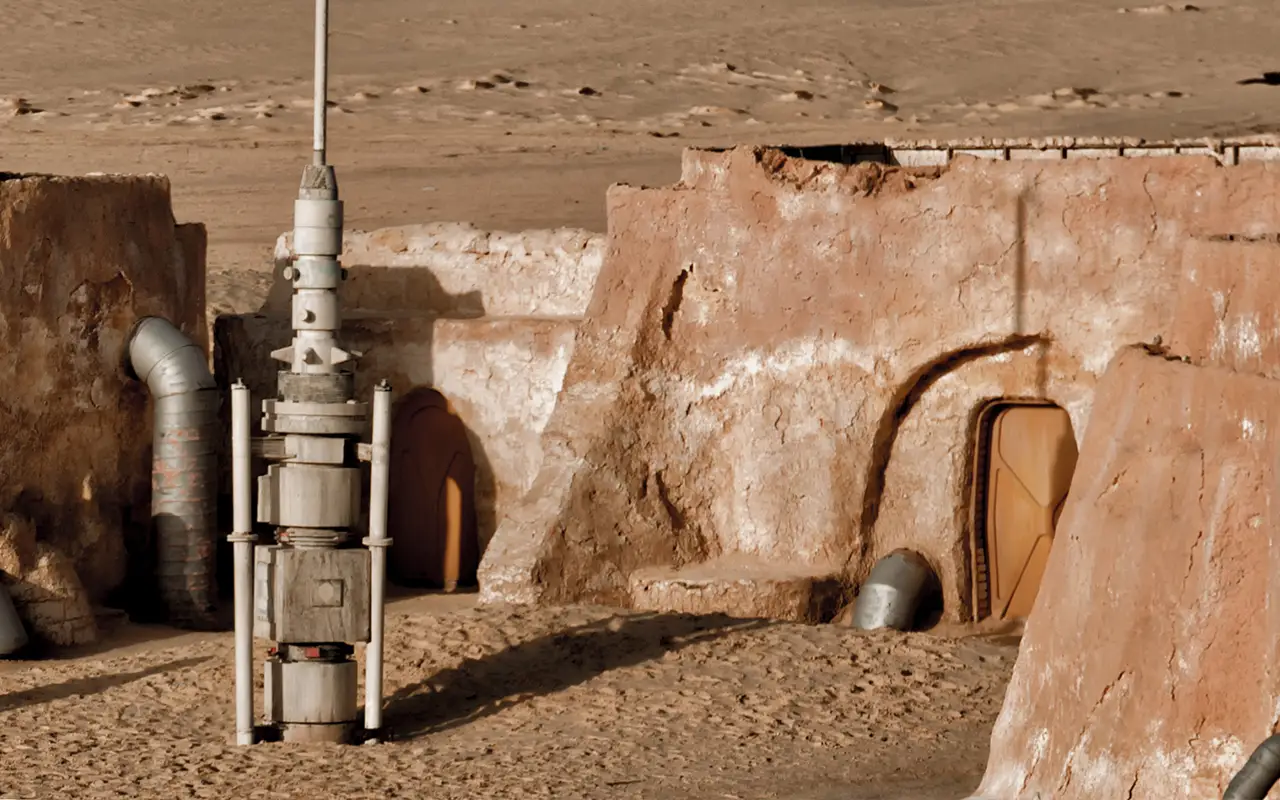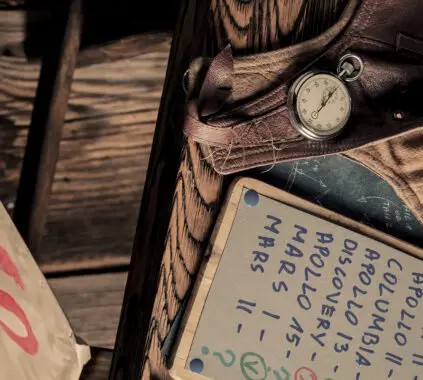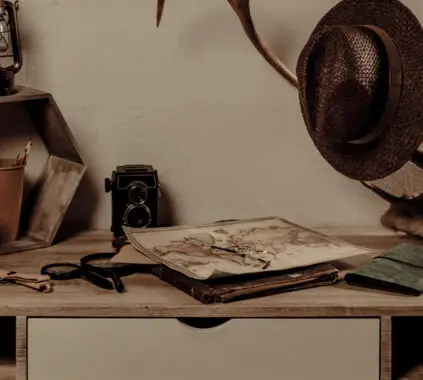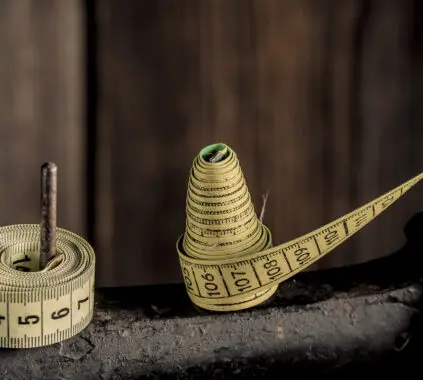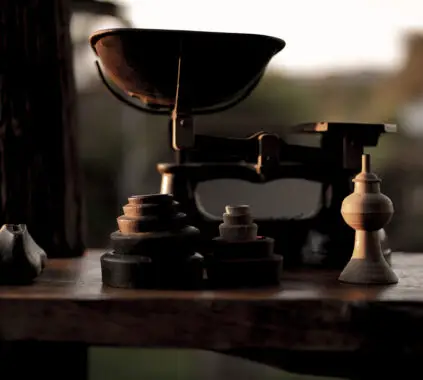The Scene: A Child, a Story, and a Struggle
Every parent and educator has that moment.
The one where you realize that, no matter how hard you try, a child is struggling—and the traditional methods aren’t working.
For my child, that struggle was reading. Dyslexia made words feel like a tangled mess, and despite all the flashcards, phonics drills, and expert-backed programs, nothing was clicking.
I could have pushed harder.
I could have told them to just try again.
But instead, I asked myself:
What if I stopped forcing the system… and built a world where learning felt like an adventure?
And that’s when it hit me.
The answer was Star Wars.
The Experiment: Learning Through Immersion & Play
Instead of worksheets and forced reading drills, I designed a fully immersive Star Wars learning experience built around their special interest.
Here’s what it looked like:
- A “Mission Brief” from the Mandalorian – A family friend dressed as Mando delivered a learning box filled with custom workbooks, secret missions, and interactive challenges.
- Lightsaber Training as Phonics Practice – Instead of flashcards, we used movement-based learning—because Jedi don’t just sit still.
- Star Wars Storytelling Sessions – We broke down character arcs, world-building, and storytelling structure to show how stories work.
- Planet Exploration Writing Prompts – Instead of boring essays, they wrote mission reports about their adventures in a galaxy far, far away.
And guess what?
For the first time, they were excited to read.
The struggle didn’t disappear overnight. But the shame and frustration faded—because learning was no longer a battle. It was an adventure
– Lauren Janeen
How to Apply This to Teaching, Creativity & Leadership
This lesson doesn’t just apply to kids—it applies to anyone trying to learn, teach, or lead.
For Educators & Coaches:
- Stop making students memorize—let them experience the lesson.
- Use storytelling, world-building, and gamification to make concepts stick.
For Creative Teams & Leaders:
- Instead of dry strategy decks, build immersive brainstorming experiences.
- Give people missions, constraints, and role-playing scenarios to unlock fresh thinking.
For Personal Growth & Learning:
- If you’re struggling to learn something new, ask: How can I turn this into a game?
- Find ways to immerse yourself in the subject instead of just studying it.
Because the best learning doesn’t feel like learning—it feels like discovery.
📓The Big Lesson: Learning Works Best When It Feels Like Play
People don’t learn best when they’re forced into a system. They learn best when they’re immersed in an experience.
Think about it:
We don’t struggle to memorize movie plots, song lyrics, or game rules.
Why?
Because our brains engage effortlessly with things that feel meaningful, fun, and interactive.
This isn’t just true for kids.
It applies to adults, creatives, and teams trying to solve complex problems.
What if, instead of asking “How do I make them learn this?” we asked, “How do I create an experience where learning happens naturally?”
– Lauren Janeen
Because engagement isn’t about force. It’s about design.
The Final Lesson: Build Worlds, Not Just Lessons
At its core, Star Wars isn’t just a movie series.
It’s a world.
A place you can step into, explore, and get lost in.
And that’s why it works so well for immersive learning.
- What if we built learning the same way?
- What if we designed educational spaces, creative teams, and leadership strategies like immersive experiences?
Because the truth is:
We don’t just learn from information. We learn from stories, experiences, and the worlds we step into.
So whether you’re an educator, a leader, or someone simply trying to unlock your own creativity—
Design the world first.
Make the story compelling.
And watch how naturally the learning follows.
Your Challenge This Week
- Think of something you’ve been struggling to learn or teach.
- Ask: How can I turn this into an experience instead of just information?
- Try it. Let me know what happens on one of my socials 🙂


